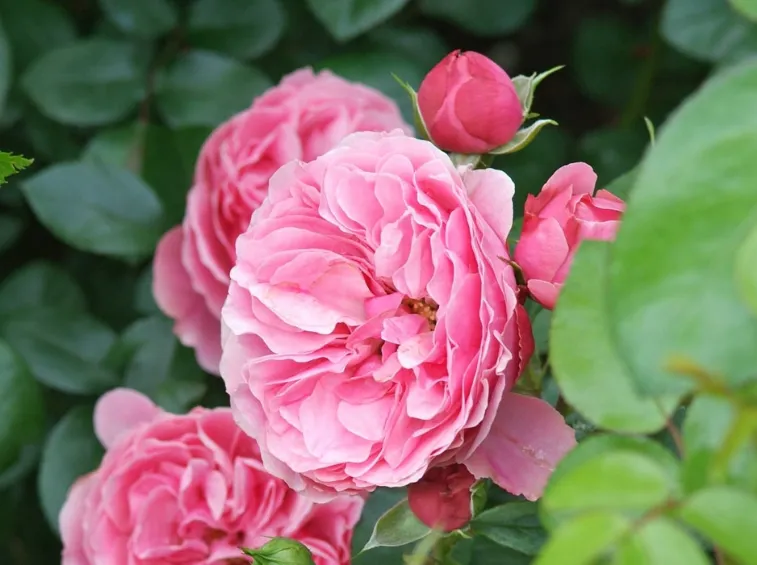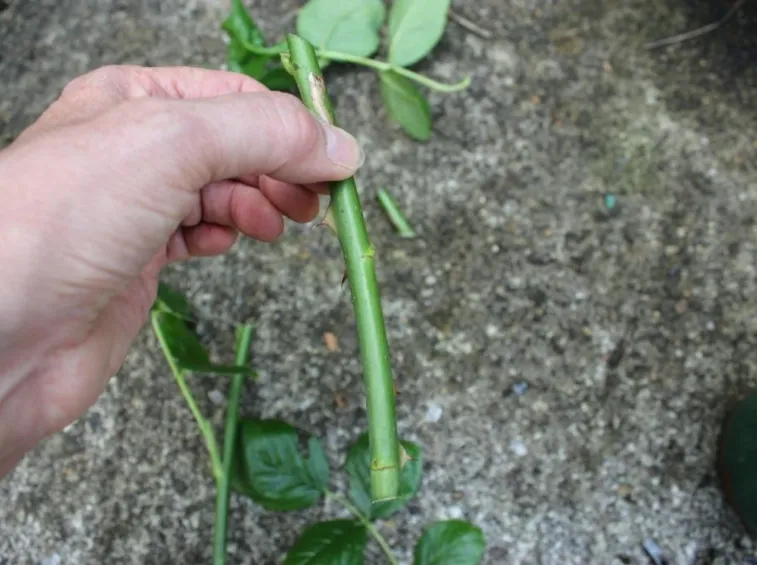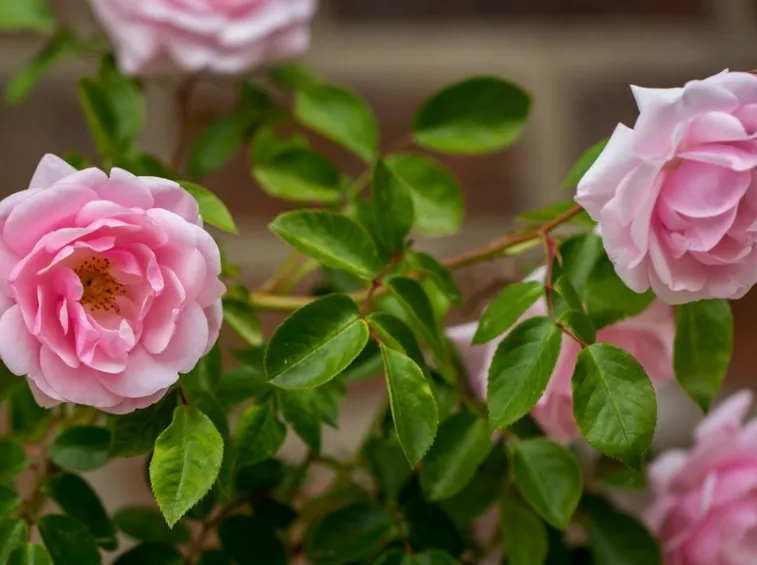How to reproduce the roses
Gamic reproduction
Roses are plants that can be reproduced in different ways. The various rose reproduction techniques can be used to create botanical roses, hybrids, più roses; resistant and rootstocks. There are essentially two reproduction techniques for roses: gamic or sexual reproduction and agamic or asexual reproduction. The first method occurs naturally, that is: the female part of the flower is fertilized by the pollen emitted by the same flower or by others belonging to the same species. Sexual reproduction takes place; also carry out artificially. In practice, with this method, roses reproduce by sowing. The seeds can be harvested in autumn by storing them in containers with rough soil. This method is used to create botanical roses or rootstocks. I più experts can also try to create hybrids. Hybrids are created by choosing two different roses, one of which will provide; pollen to fertilize l’ other. Roses should be chosen in spring; the one to be fertilized must be collected when the bud &is growing; still closed, to avoid fertilization by other pollen. The pollen of the chosen specimen is passed, with a brush, into the flower of the second rose, suitably deprived of the petals and male organs (stamens). If l’ pollination will beà successful, after two weeks you canà observe the swelling of the rose hips from which to extract the seeds to be planted.
Agamic reproduction
Among the methods of agamic or asexual reproduction of roses we remember the cutting. Reproduction by cuttings is carried out by taking portions of branches from already&aged roses; existing. For this operation you can use old branches, in this case we speak of such hard wood, or young ones. In the propagation by cuttings from hard wood not è necessary to resort to all’ use of rooting hormones, these may be necessary for young cuttings. The più cuttings; old, about thirty centimeters long and without leaves, are harvested at the end of autumn, while the longer ones; young, with a couple of leaves attached, should be harvested in summer. There is also the root cutting, which is carried out using the suckers that grow on the roots of the plant. This technique looks like più effective becauseé new seedlings root and sprout più easily.
Other methods of agamic reproduction
Roses also reproduce by offshoots, by micropropagation and by grafting. The offshoot può occur naturally when a large branch of the mother plant rests on the ground starting to give new shoots. This branch, after rooting, can be developed; cut from the mother plant to make it grow independently. Micropropagation consists of taking a small part of the plant tissue and making it develop in a laboratory environment. This technique works like stem cell propagation and is only applied for d’ extinction roses. L’ grafting è one of the methods of reproduction più widespread, even for roses. This practice consists of grafting a portion of the plant into another 26-rsquo; called rootstock. L’ grafting more practiced for roses è the gem or scudetto one. Further information on rose grafting can be found within this section.


